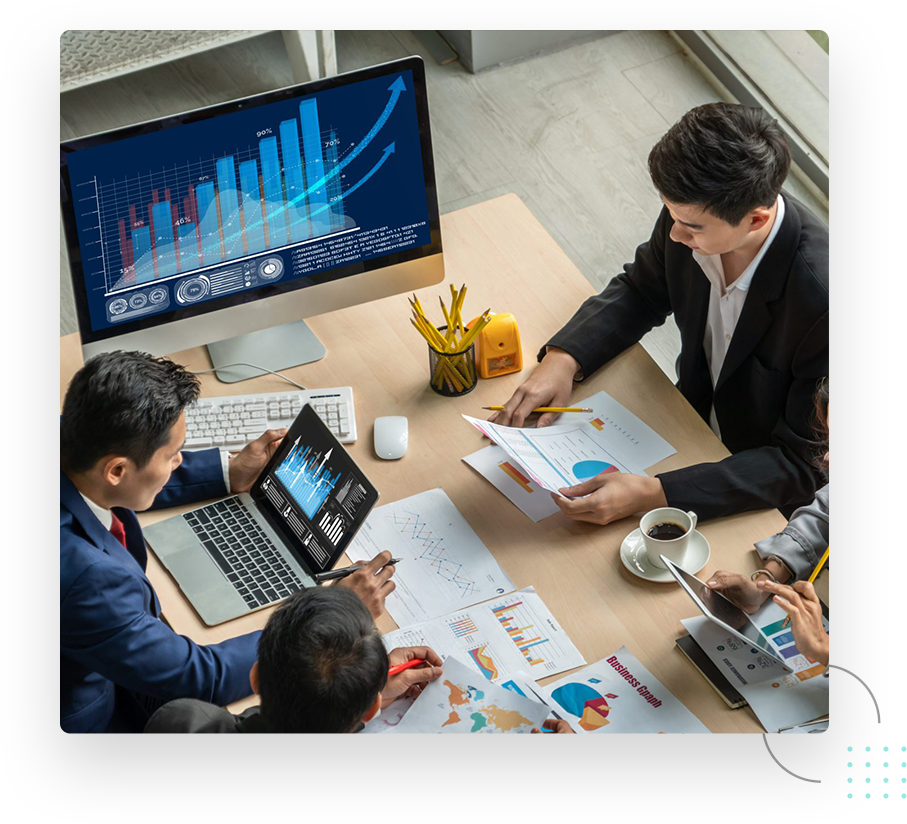Forecasting
Many companies operate in a rapidly and constantly changing business environment. It is not possible to reliably predict general economic development or the preferences of customers or prices on the commodity markets over the long term. In order to have a better overview of short-term developments, forecasts during the year are an important supplement to the longer-term strategic and operational planning cycles.

Why Forecasting?
Planning and budgeting fulfil important management and control functions in the company, especially when it comes to optimally allocating scarce resources. However, the business environment and the assumptions on which the budget is based are constantly changing. Forecasts represent ongoing budget updates. On the one hand, planned figures of past periods are updated with actual data and, on the other hand, the budgeting of future periods is adjusted to current market development and other relevant influencing variables. Forecasts are not only prepared regularly, but also on an ad-hoc basis, in order to forecast previously defined key business figures or to quickly provide a basis for decisions on specific issues.
Year-end Forecasts and Rolling Forecasts
Forecasting can be very flexible and cover both the entire development of the company and individual segments only. The time scope for forecasts also varies in practice. Year-end forecasts, which give an up-to-date outlook on how far a company will achieve the goals set for the year – such as turnover, profit and customer satisfaction – are widespread. The further the year progresses, the more precise the forecast becomes. At the same time, the room for manoeuvre to counteract undesirable developments is reduced. The rolling forecast comprises a constant fixed time horizon (of six quarters, for example), each of which is forecast in advance.

Driver-based Forecasts
The driver-based forecast is a forecast variant that is used in conjunction with driver-based planning. The forecast is based on several value drivers, such as sales volume and price development. It is essential for the accuracy of this forecast method that the selected drivers can explain a large part of the business development. Statistical models and information from a CRM system can be used to determine the cause-effect relationship and define the drivers. Based on the selected value drivers, the development of individual key figures up to the entire P&L (profit and loss statement) is then forecast.

What is the difference between budget and forecast?
Budget planning involves setting the company’s goals for the following business year and allocating resources. For this purpose, the budget is usually prepared once a year. Forecasts, on the other hand, show where the company is heading during the year, based on the most recent company figures and the latest business segment developments. This should enable management to react to new developments in order to bring the company back on track.
Why are forecasts important?
Forecasts close the gap between budget planning and current business development. Forecasts during the year are essential in order to be able to assess the achievability of the planned figures and enable a short-term reaction to current business developments.




